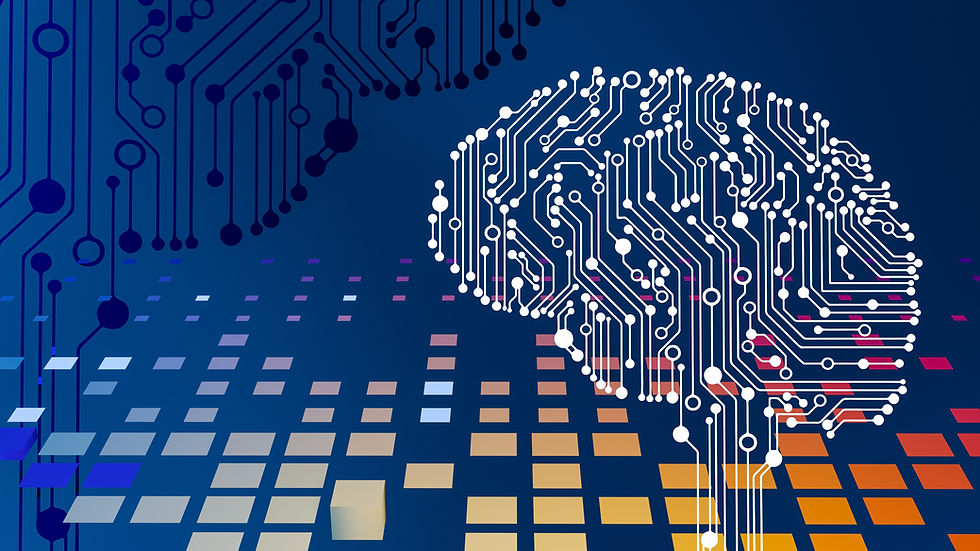The Ethics of AI in Design: Ownership, Bias, and Creative Integrity
- Ayudh Reyaz
- Aug 15
- 2 min read

Why AI Ethics Matter in Design
Artificial intelligence is no longer just a futuristic concept in design—it’s here, shaping branding, architecture, product development, and UX. While the possibilities are exciting, ethical concerns are rising just as fast as adoption rates.
Who owns an AI-generated logo? How do we prevent biased outputs in generative tools? And what happens when a design created by AI causes harm or controversy? These aren’t abstract questions—they’re pressing issues today’s designers must address.
The Ownership Puzzle: Who Holds the Rights?
With traditional design, ownership is relatively straightforward: the creator holds the copyright unless they transfer it. But with AI, the waters are murkier.
Scenario 1: You input prompts into an AI tool like Midjourney or DALL·E, and it generates an image. Who owns it—you, the tool’s creators, or no one?
Scenario 2: The AI is trained on copyrighted images. Does the output inherit those rights?
Example: Getty Images sued Stability AI, claiming its dataset included millions of copyrighted images without permission. The case has become a touchstone for AI copyright law worldwide.
Best Practice for Designers: Always review the licensing terms of the AI tools you use, and avoid using platforms with unclear data sourcing.
The Bias Problem
AI is only as fair as the data it’s trained on. If the dataset lacks diversity, the outputs will reflect that.
Example: An AI tool trained primarily on Western fashion styles may unintentionally ignore cultural clothing norms in other regions.
Impact on Design:
Homogenized aesthetics.
Reinforcement of stereotypes.
Exclusion of minority voices in creative outputs.
Best Practice: Seek AI platforms committed to diverse and inclusive datasets and actively review outputs for unintended bias.
Creative Integrity and Authenticity
One of the most debated questions: If AI can design a stunning visual in seconds, what happens to human originality?
The answer lies in redefining originality—not as something that must be 100% human-made, but as the unique vision and direction that only a human can give. AI becomes a tool, not a replacement.
Accountability in AI-Assisted Design
If an AI-assisted design is used in a real-world application and causes harm (e.g., unsafe architectural structure or misleading brand visuals), who is accountable?
The designer?
The AI company?
The client?
Best Practice: Keep a documented record of your design process, including how AI was used. This can protect you legally and ethically.
Building an Ethical AI Workflow
To balance innovation and integrity, designers should:
Disclose AI usage in professional work.
Vet tools for data ethics before adopting them.
Maintain human oversight at all stages.
Develop internal guidelines for AI-assisted projects.
The Future: Regulation & Standards
We’re likely to see global AI design regulations emerge in the next 5–10 years. Professional design bodies may set AI ethics codes much like medical boards set patient safety guidelines.
Designers who start adapting now will be ahead of the curve.



